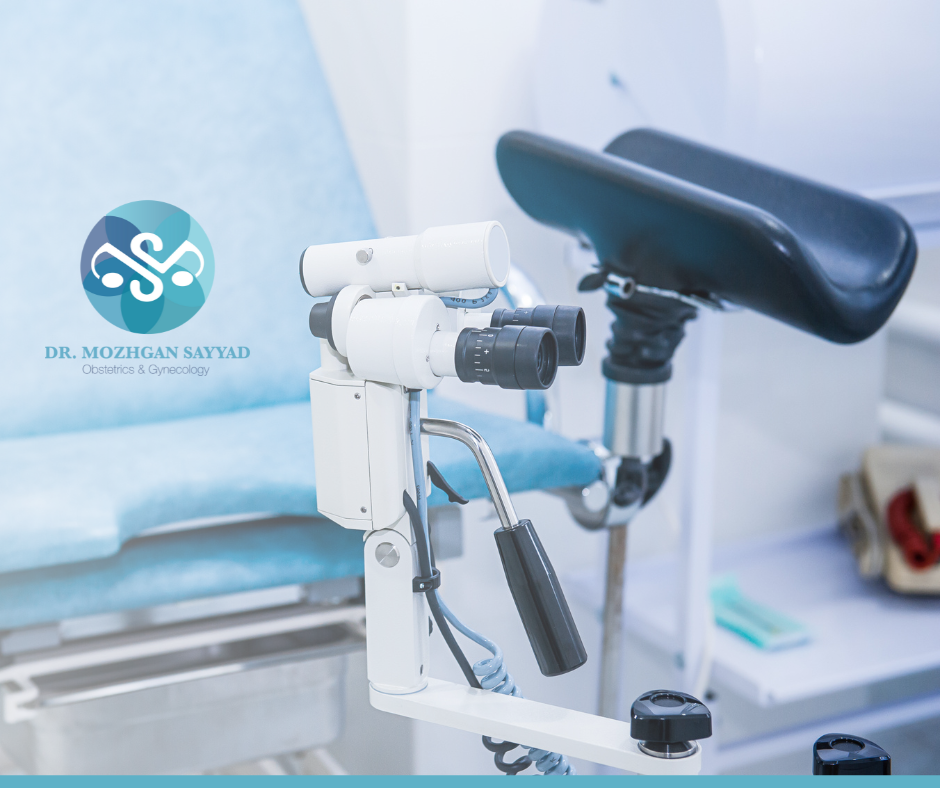Table of Contents
We dedicate this blog to understanding colposcopy, a type of cervical cancer test. Colposcopy is a medical procedure in which the doctor uses a colposcope [an instrument with magnifying glasses and light] to examine the inside of the cervix and vagina.
Colposcopy: A Brief History
Colposcopy was initially discovered in the 1920s by German gynecologist Hans Hinselmann. By finding colposcopy, he hoped that magnifying the tissues would aid in the early detection of lesions in the cervix and assist in effective treatment before an invasive spread.
Today, it is considered an effective method of early detection of cervical cancer and other abnormalities in the cervix. According to 2023 statistics, colposcopy aided in the immediate treatment of cervical cancer.
Why is Colposcopy Done?
A colposcopy may be recommended if your doctor finds abnormal cells during a Pap test. Colposcopy may also be recommended to further assess other medical issues like:
- Pain
- Bleeding
- Itching, burning, or abnormal skin around the vulva
- Polyps [non-cancerous growth]
- Cervicitis [inflamed cervix]
- Genital warts
By using a colposcope, your doctor can identify specific changes that may signify cancer development, including abnormal blood vessels and alterations in tissue structure, color, and/or patterns. Although it’s regarded as abnormal, it isn’t necessarily cancerous. If your doctor finds any abnormal cells during the colposcopy, a small sample will be extracted from the cervix and sent for biopsy.
Screening for Cervical Cancer
According to the National Cancer Institute [NIH], the frequency of cervical cancer screening depends on every individual’s age and medical history. People over 65 should speak with their doctor to understand whether they should be screened.
Cervical Cancer Screening Recommendation
1. Between 21 – 29 Years
If you fall under this age group, it’s recommended to get your first Pap test starting at 21 years, followed by Pap testing every three years. Even if you’re sexually active before 21, you aren’t required to get a Pap test unless your doctor advises you to do it.
2. Between 30 – 65 Years
- For women aged 30 to 65 years, the USPSTF recommends screening every three years with cervical cytology alone, every five years with high-risk human papillomavirus (hrHPV) testing alone, or every five years with hrHPV testing in combination with cytology (co-testing)
- Unfortunately, you can still get cervical cancer when you are older than 65 years. The only way to know it is safe to stop being tested after age 65 is if you have had several tests in a row that didn’t find cancer within the previous ten years, including at least one in the previous five years.
3. Exceptions to more than routine Cervical Cancer Screening
Your doctor may advise frequent screening if you:
- Are HIV positive
- Have a weakened immune system
- Were exposed to diethylstilbestrol [DES] before birth
- Received abnormal test results
- Had cervical cancer
Preparing for a Colposcopy
To prepare for a colposcopy, talk to your doctor about your medical history, including allergies and the medications you take. Additionally, inform the medical team in advance if:
- Your period cycle aligns with the appointment date. You’ll need to reschedule it.
- You’re pregnant or have the chance of being pregnant.
Getting Ready Before 24 Hours
24 hours prior to the procedure, ensure that you don’t:
- Engage in penetrative vaginal sex
- Use any product inside your vagina, like a tampon, vaginal creams, or medicine.
Since bleeding after a colposcopy is normal, it’s recommended to carry sanitary pads for your appointment.
What Happens During a Colposcopy
The entire session takes between 15 – 20 minutes. The procedure is as follows:
- You’ll begin by emptying your bladder and undressing from the waist down.
- During the test, you’ll lay on the examination table with your legs and feet on padded support for a pelvic exam.
- Your doctor will insert a medical instrument called the speculum into the vagina to spread the vaginal walls and expose the cervix.
- Then, he/she will place the colposcope at the opening of the vagina to examine your cervix and vagina. The colposcope does not enter inside.
- Your doctor may apply a vinegar solution, also known as an acetic acid solution, to your cervix. This solution turns abnormal tissues white, thus making them more visible. You may feel a mild burning sensation.
- Your doctor may extract a small tissue sample for biopsy. When doing the biopsy, the area is numbed; however, you may feel a slight cramp or pinch when the tissue is removed.
- Your doctor may also take sample cells from the cervical canal. It can also cause slight cramping.
Possible Risks of a Colposcopy
Although the procedure is extremely safe, there’s a risk of:
- Heavy bleeding
- Getting a vaginal infection
What Happens After a Colposcopy?
After a colposcopy procedure, you may experience mild pain or cramping, similar to period pain, for a few days. If you’ve done a colposcopy alone, the bleeding and vaginal discharge will subside in a few days. In the case you did a colposcopy along with a biopsy, the recovery varies according to the type of biopsy and anesthesia administered [if any]. If you had a biopsy, it’s important that you do not douche, use tampons, or engage in sex for a week or as prescribed by your doctor.
However, seek medical care immediately if you experience the following:
- Severe pelvic pain [lower abdominal]
- Fever and/or chills
- Bleeding
- Foul-smelling, yellow, or heavy discharge from the vagina
Getting Your Colposcopy Results
You’ll be informed immediately if everything is normal. However, in the case of abnormal cells, they may heal on their own. If the doctor recommends waiting, you may need to return for a Pap smear test. And, in case of a biopsy, speak to your doctor about when you’ll receive the results.
Related Q&A
Q1. Does getting a colposcopy hurt?
Typically, all colposcopies are painless. But you may experience mild cramping or discomfort during the procedure.
Q2. How often should I get a colposcopy?
The frequency varies according to each individual and their associated risks. Generally, most women only require a colposcopy every three to five years. In case you have received an abnormal Pap smear or have been diagnosed with cervical cancer, your doctor may recommend frequent colposcopies.
Q3. Are there any alternatives to a colposcopy?
Of course. You can choose between an HPV DNA test or cervical biopsy as an alternative to a colposcopy. However, you must choose the alternatives based on your medical history and results from previous Pap smears.
Q4. Can a colposcopy help identify other diseases?
Yes, a colposcopy can help identify other conditions like genital warts, cervix inflammation, and precancerous changes in the vagina or vulva.
Q5. How soon after a colposcopy can I resume back to normal activities?
Typically, you can resume your regular activities the next day. However, your doctor may recommend alternative instructions based on individual conditions.
Get Help with Dr. Mozhgan
Colposcopy is an essential tool that prevents invasive growth. If you’re searching for the best gynecologist in Dubai, meet Dr. Mozhgan Sayyad. She is a prolific gynecologist with over 25 years of invaluable experience and a proud member of prestigious organizations like the European Society of Aesthetic Gynecology [ESAG], the International Society of Sexual Medicine [ISSM], and the European Society of Sexual Medicine [ESSM]. Dr. Mozhgan is well known for her tremendous service in aesthetic surgeries & non-surgeries, female sexual dysfunction, and other gynecology & obstetrics issues [including STD, Menopause treatment, HPV, and more].
Book an Appointment


